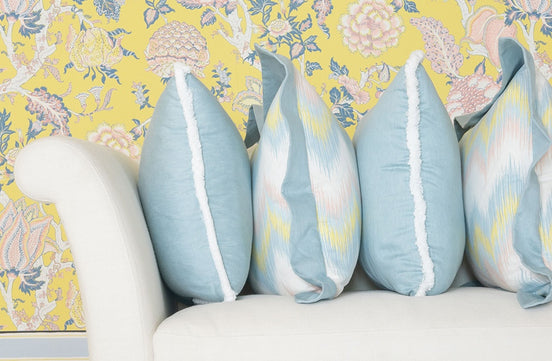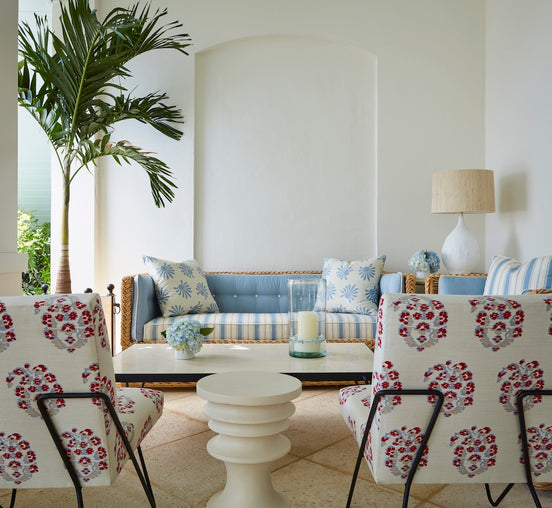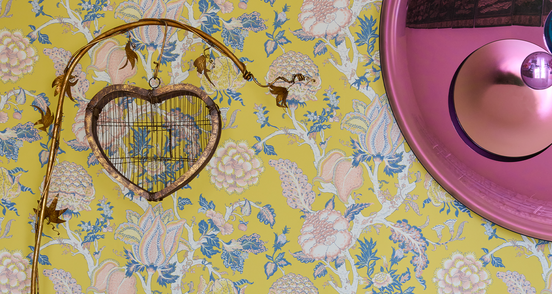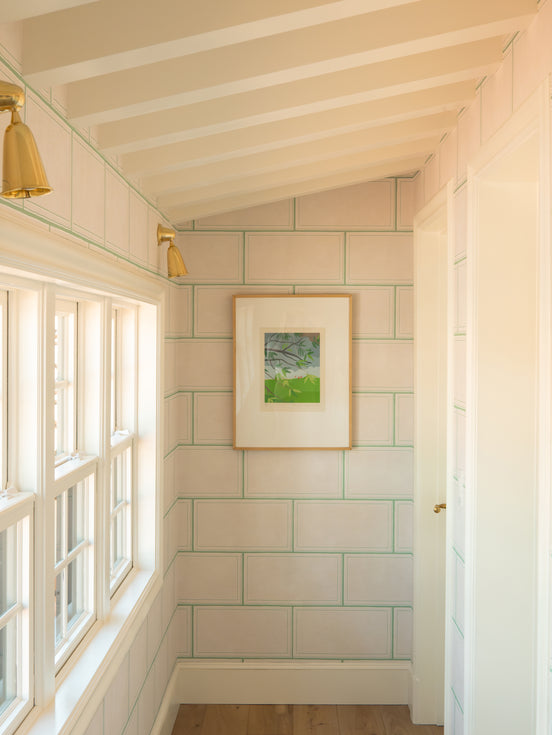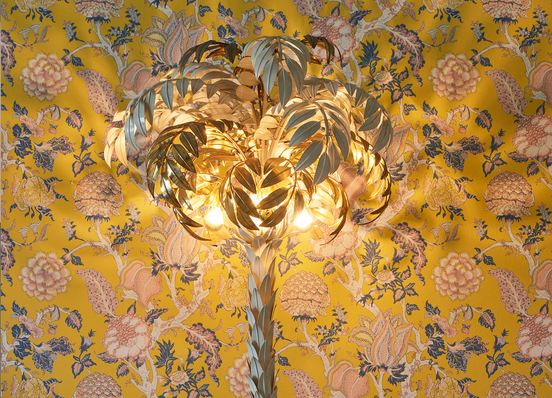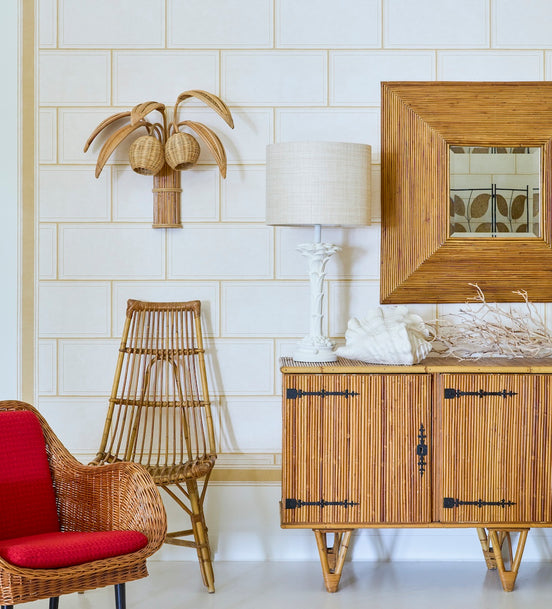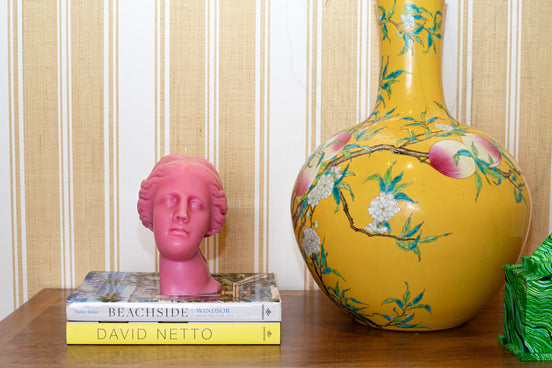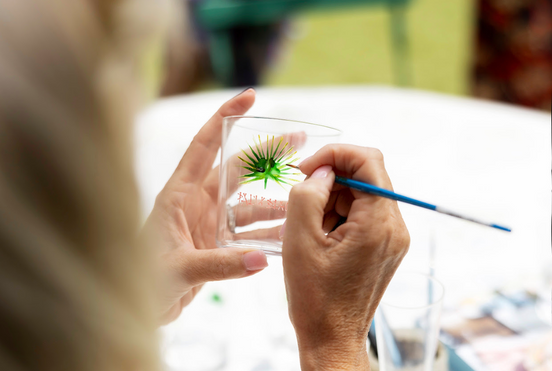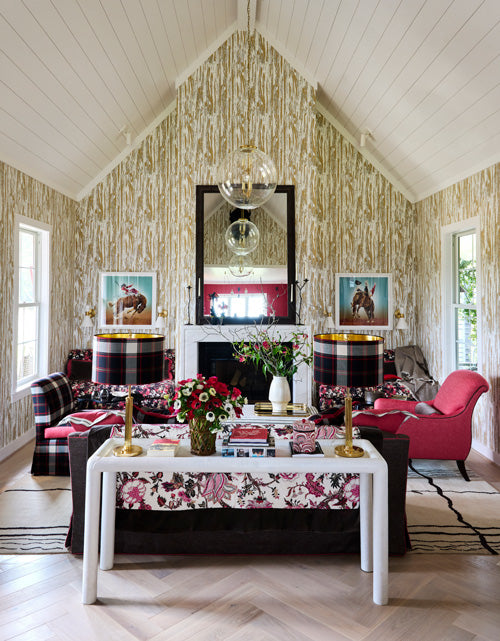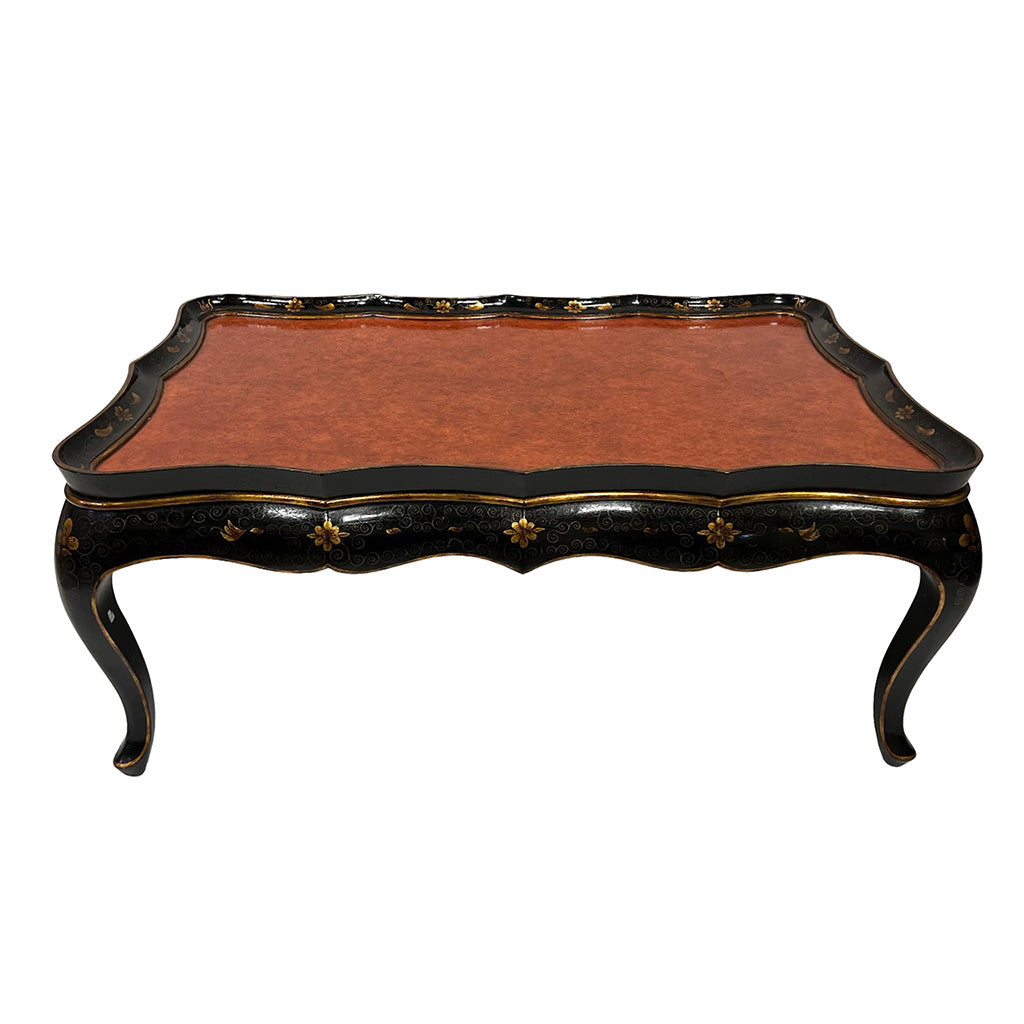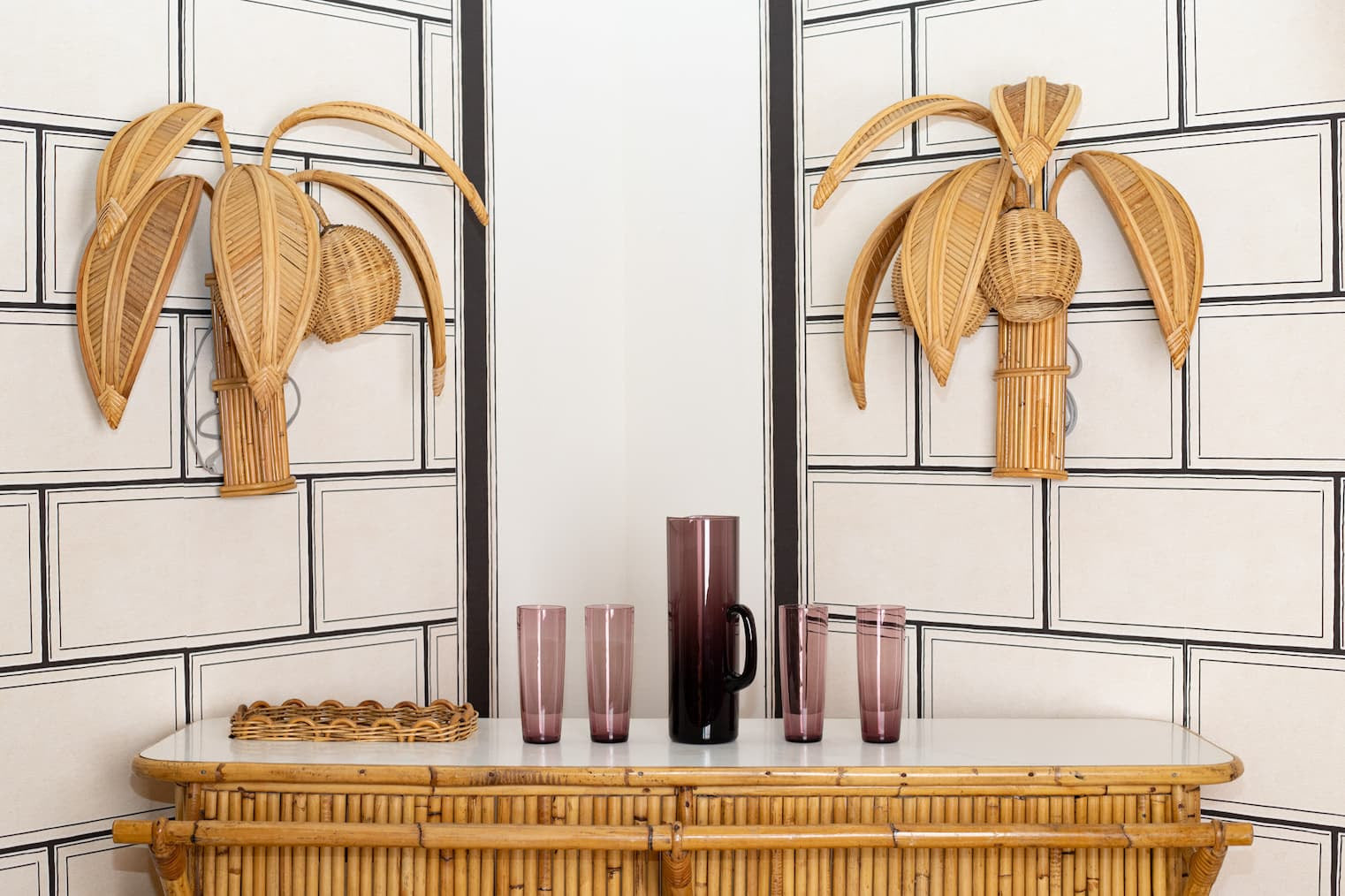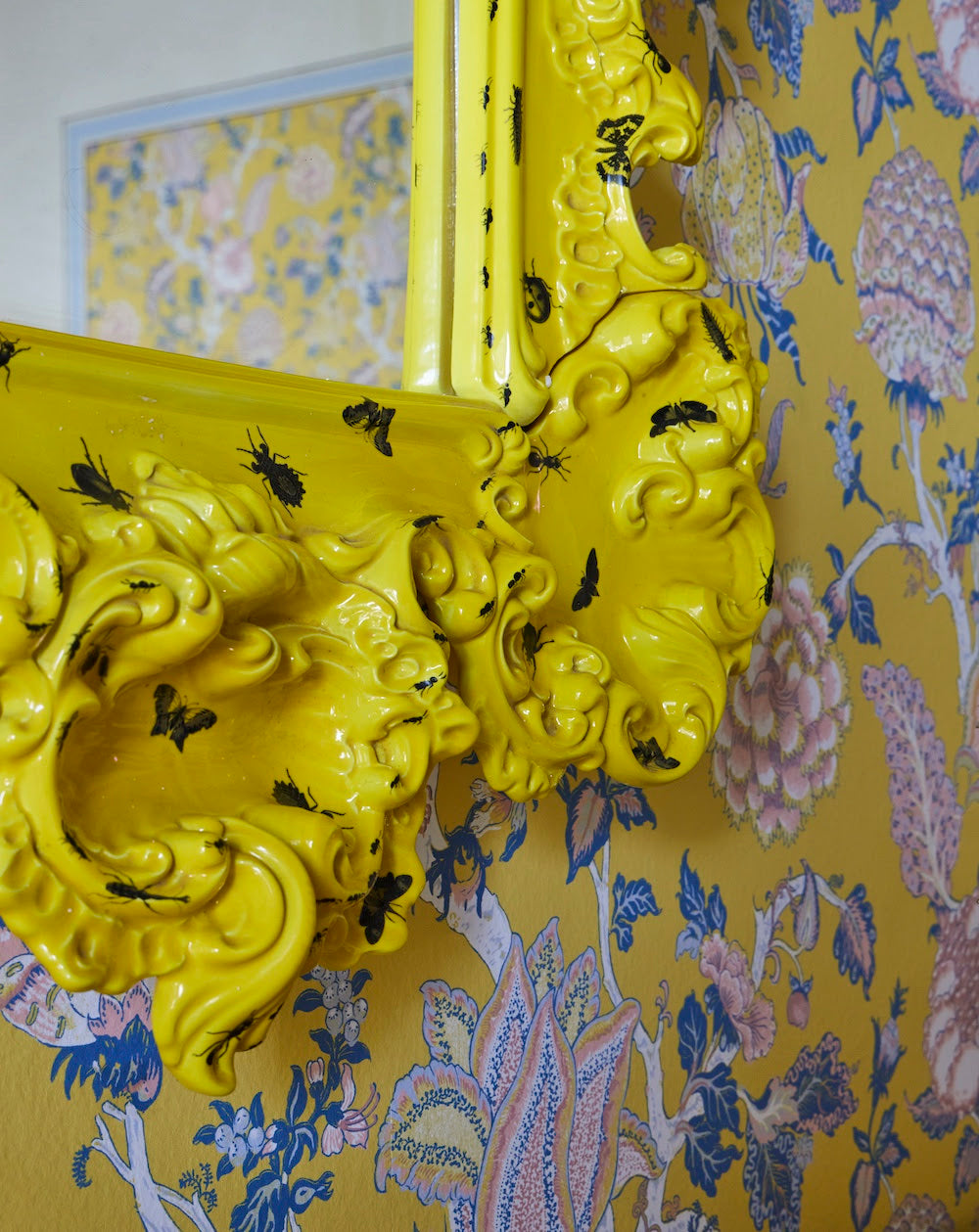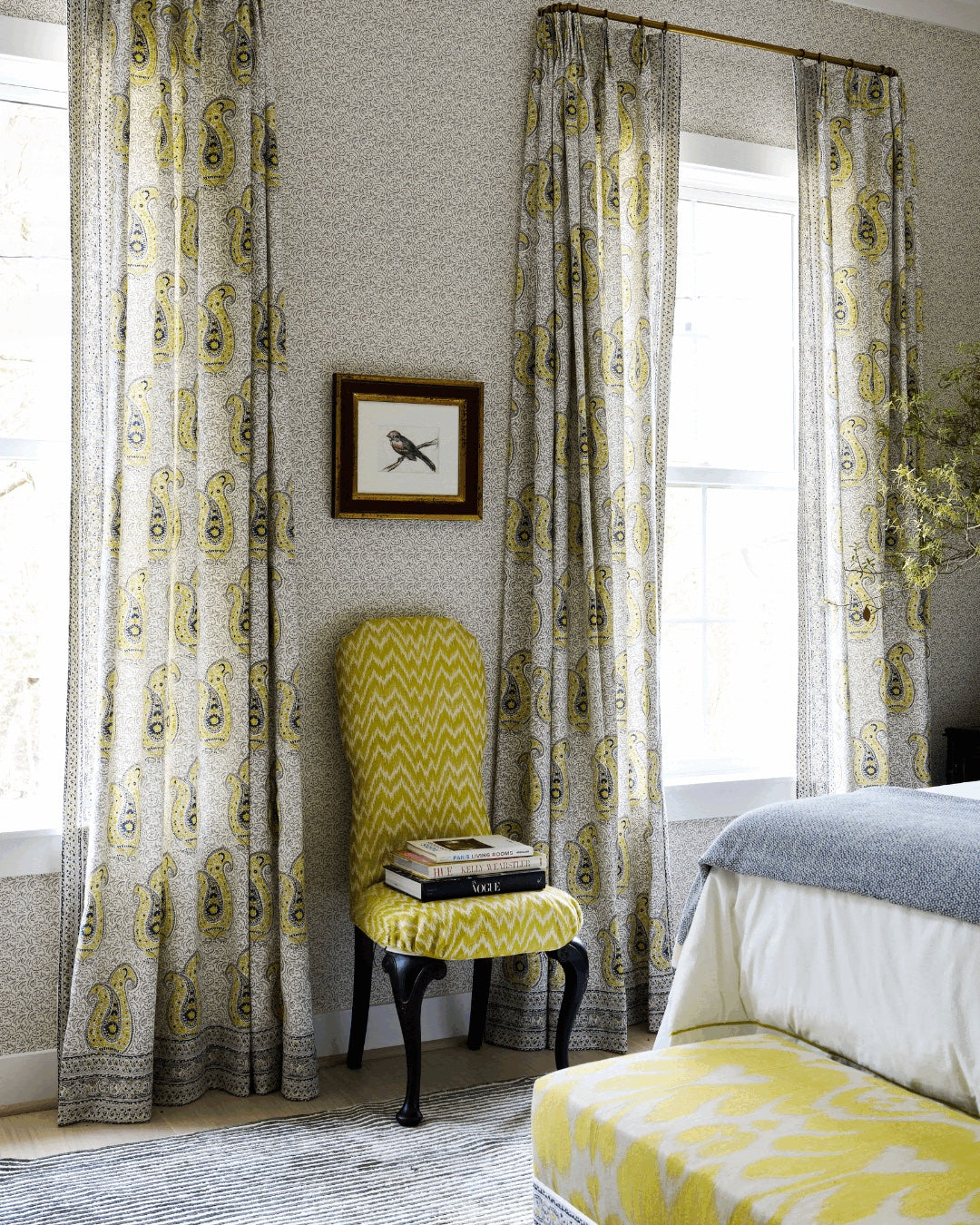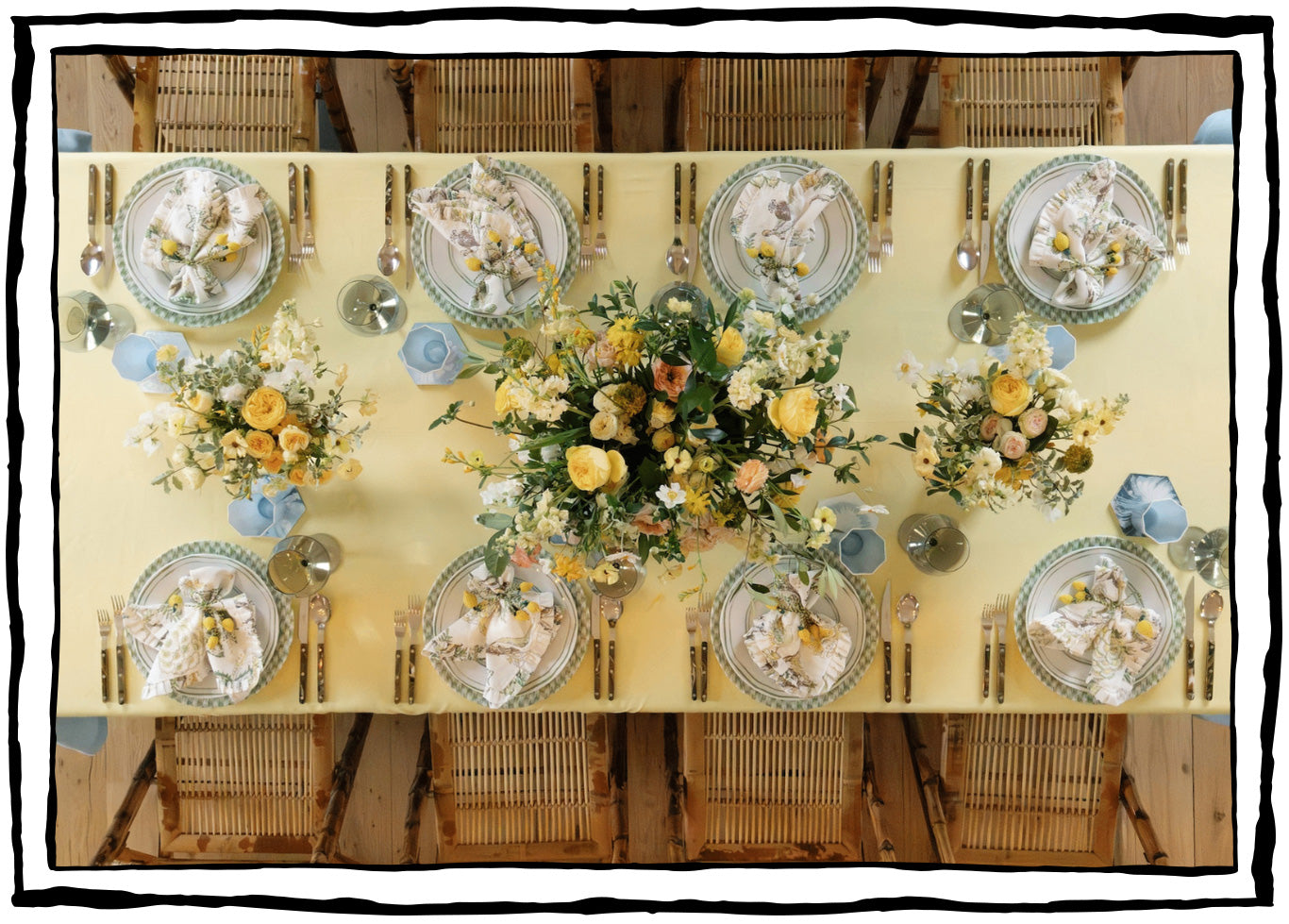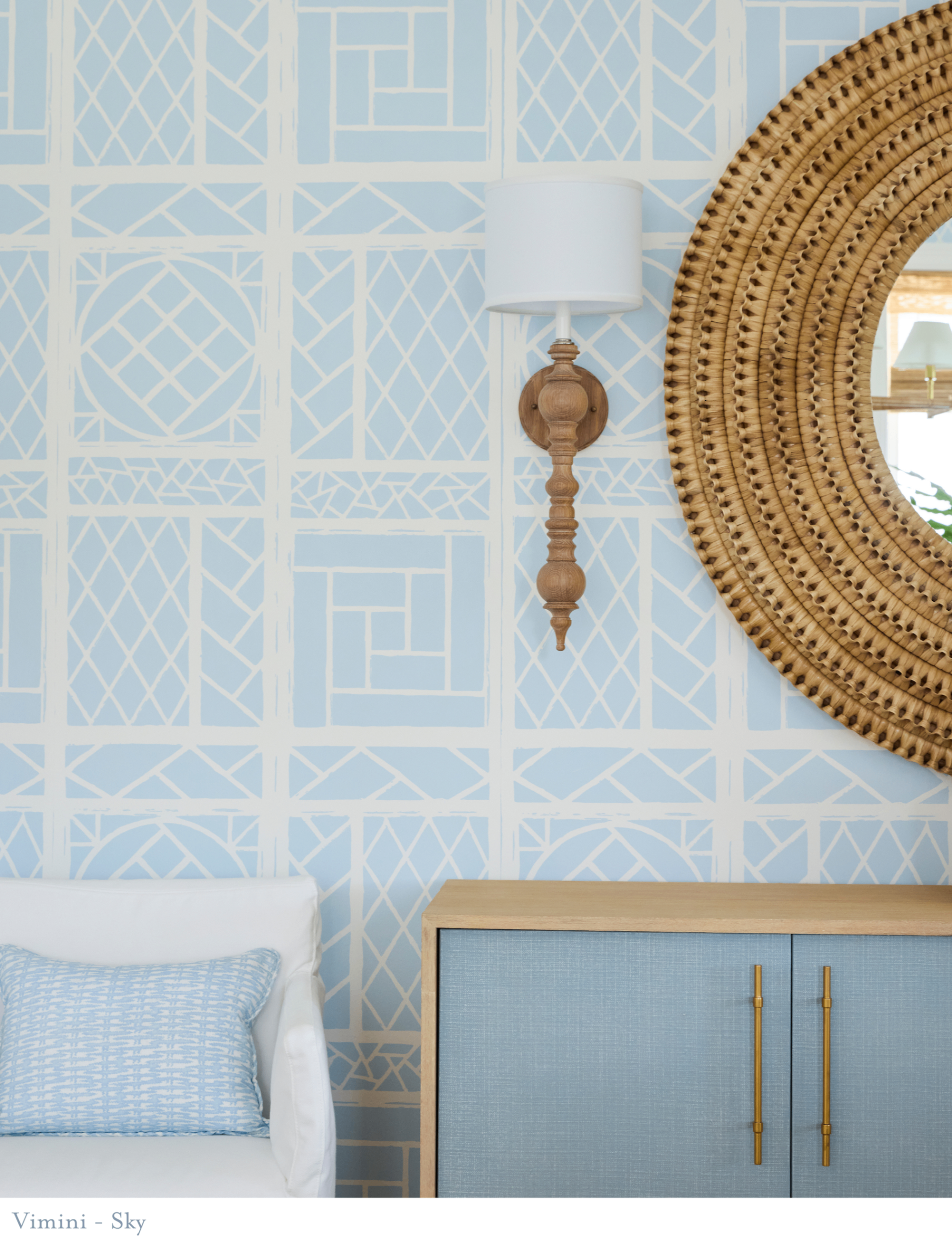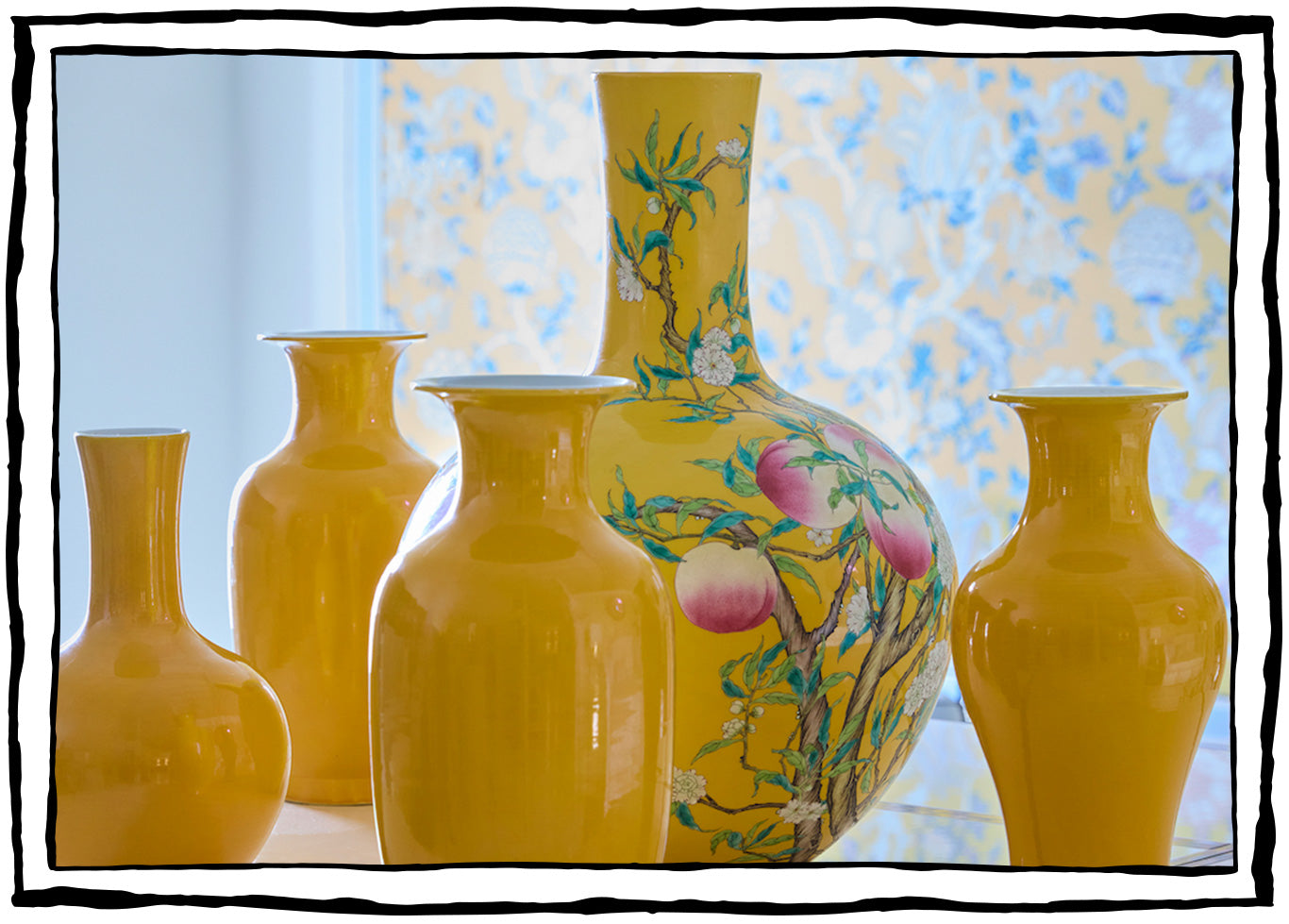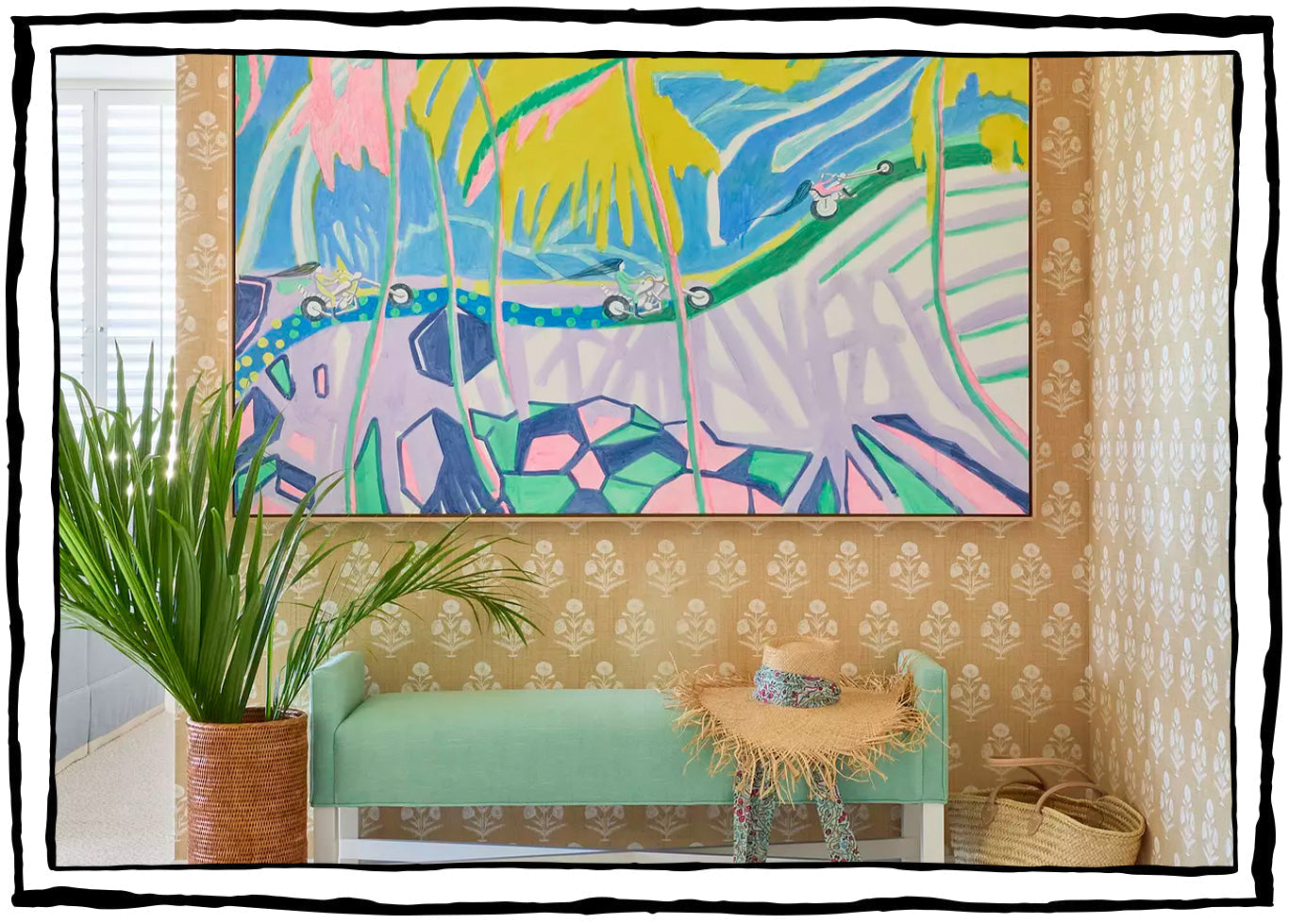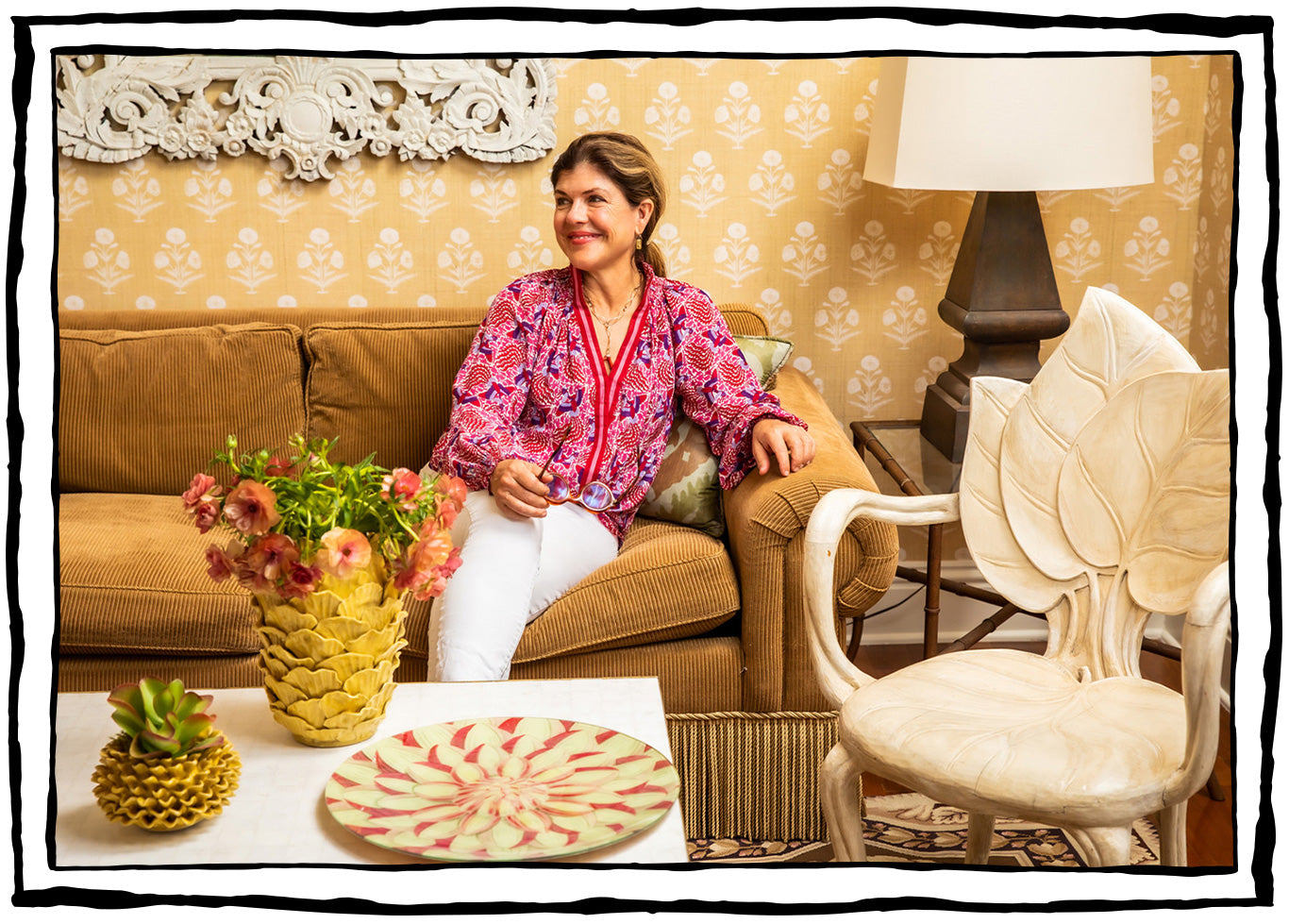The Art of Japanning
They say imitation is the sincerest form of flattery, and it may be most true for the European lacquer work known as Japanning. In the 17th century, the East India Trading Company graduated from exporting Asian spices to large casegoods, and the popularity of exotic Chinese and Japanese lacquered furniture skyrocketed. Its expense and rarity led to craftsmen in England, France and Germany replicating the effect as best they could with locally-made varnishes and technique.


English craftsmen like John Stalker and George Park strived to perfect their lacquer methods, promoting their craft across the continent with the illustrated Treatise of Japanning and Varnishing (1688). Treatise was intended to be used as a workbook, and craftspeople often removed pages to use as pattern templates. As such, finding a complete copy of these antique books is very rare!
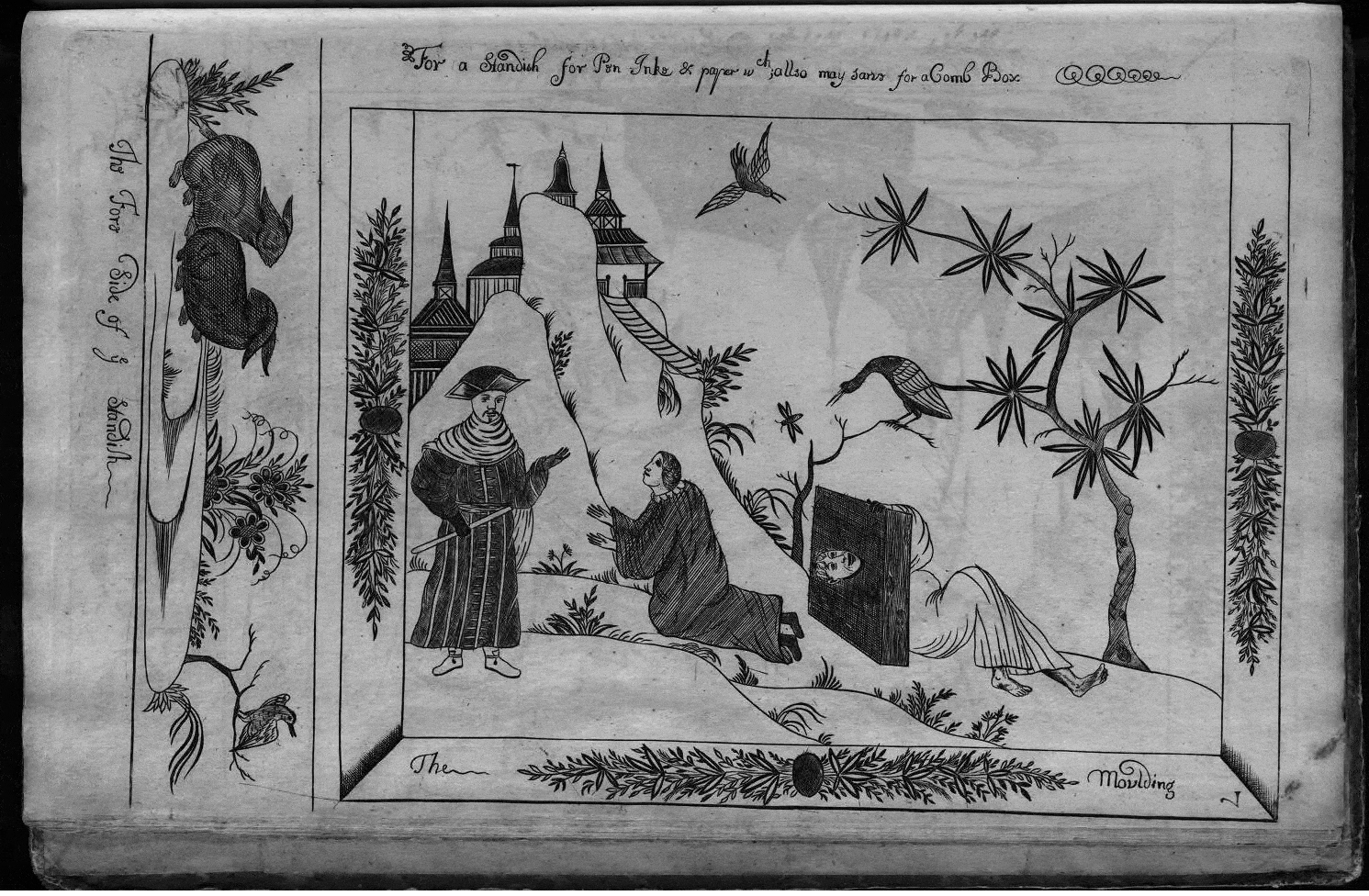
The British coined the term “Japanning”, directly inspired by the prestige of Japanese lacquer, which Stalker described as “...in fineness of Black, and neatness of draught….more beautiful, more rich, or Majestick” than that from any other origin. During Charles II’s reign in Britain, London became a center for production; the imitations became an art of their own and were all the rage throughout Europe.
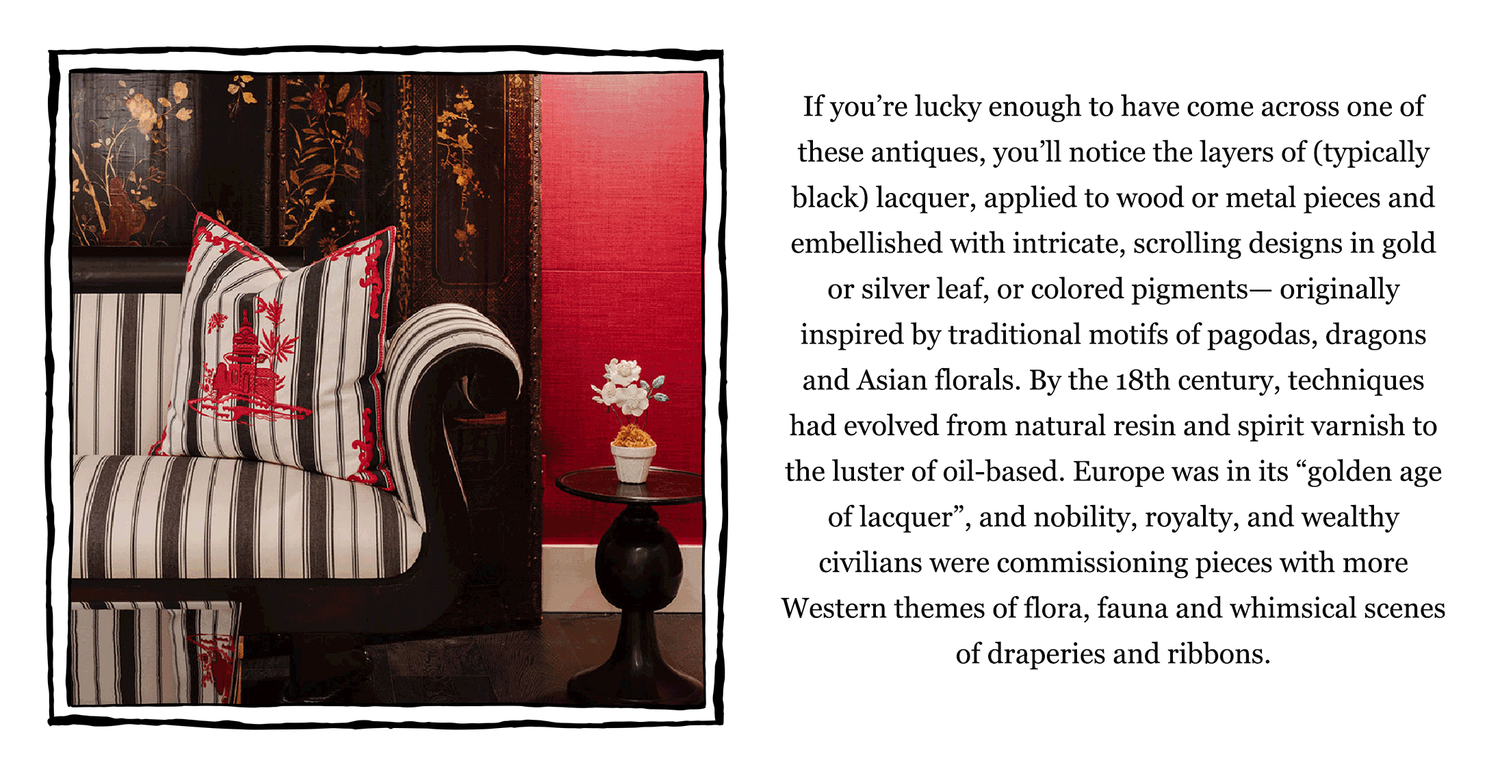
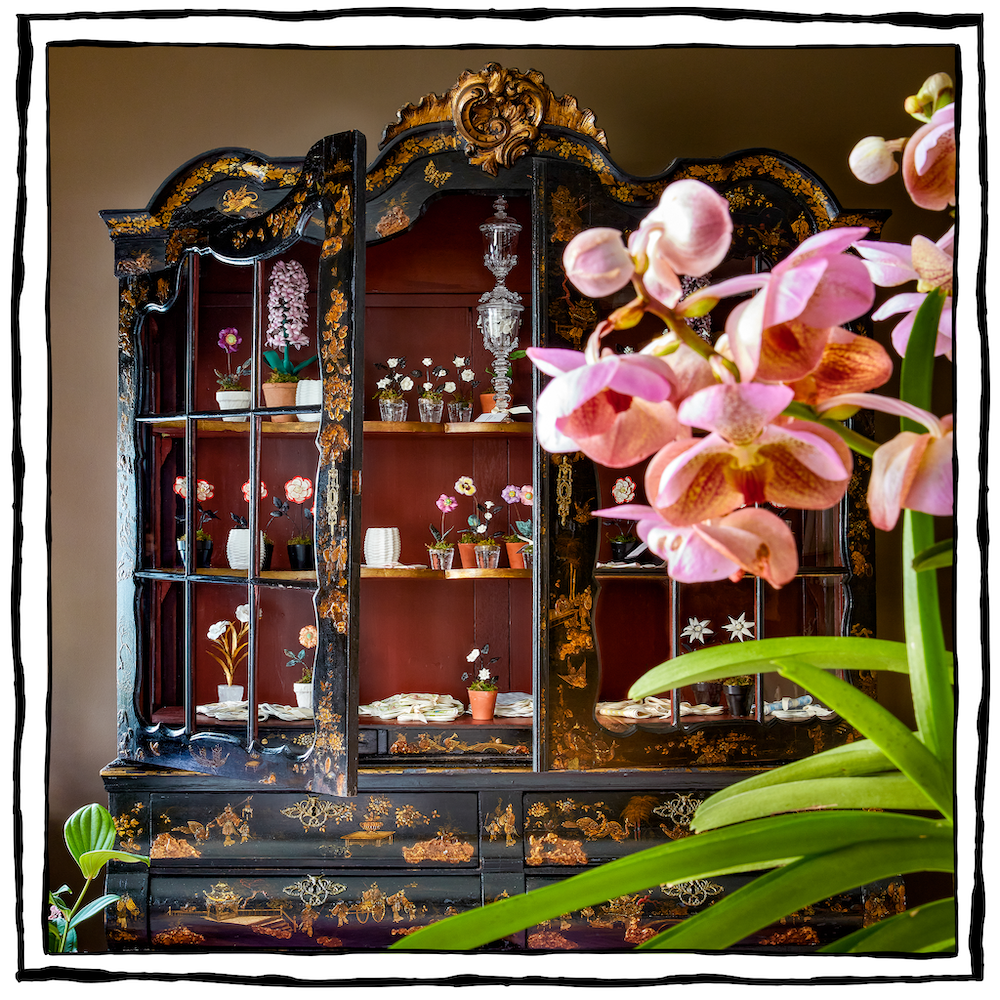
✤ Atelier & Showroom ✤
Many of our Japanned antiques, from 19th century English to French and Chinese exports, can be found at the Casa Branca Atelier. Come see us anytime to view– each piece is just waiting to bring their own elegance to your space.
